Nutzungsbedingungen
Bitte lesen Sie diese Seite, bevor Sie fortfahren, da sie bestimmte gesetzliche Beschränkungen
für die Verbreitung dieser Informationen enthält. Die Informationen auf den Webseiten der
Bonafide Wealth Management AG richten sich nur an diejenigen natürlichen und juristischen
Personen, welche die Informationen aufgrund der rechtlichen und regulatorischen Vorschriften in
ihrem Domizilland resp. dem Land ihrer Nationalität erlangen dürfen. Sie sind dafür
verantwortlich, sich über sämtliche Gesetze und Vorschriften der jeweils anwendbaren
Rechtsordnung zu informieren und diese zu beachten. Mit dem Zugriff auf die Webseiten der
Bonafide Wealth Management AG und deren Inhalte bestätigen Sie, dass Sie die nachstehenden
Nutzungsbedingungen und die rechtlichen Bestimmungen, welche jederzeit und ohne
Vorankündigung geändert werden können, gelesen, verstanden und akzeptiert haben.
Besucher haben die zutreffende Anlegerkategorie wahrheitsgemäss in eigener Verantwortung
anzugeben. Zudem haben Besucher in eigener Verantwortung ihr Domizil vor dem Zugriff auf die
Webseiten der Bonafide Wealth Management AG korrekt anzugeben. Ein falsch angegebener
Anlegertyp oder ein falsch angegebenes Domizil kann zur Veröffentlichung von Daten und
Informationen über Fonds führen, die von Gesetzes wegen für den Besucher nicht zugänglich
sind. Für Schäden, die dem Besucher durch falsche Angaben beim Anlegertyp und/oder dem
Domizil entstehen, kann die Bonafide Wealth Management nicht haftbar gemacht werden. Die
Daten und Informationen über Fonds, die dem Besucher aufgrund seiner Angaben zur Einsicht
gewährt werden, sind ausschliesslich für den vom Besucher angegebenen Anlegertyp mit dem
angegebenen Domizil bestimmt. Mittels der Auswahl „professioneller Anleger“ erkennen Sie an,
dass für Sie niedrigere Schutzbestimmungen gelten können als für nicht-professionelle Anleger
und dass Sie Zugang zu bestimmten Fonds haben, die nicht-professionellen Anlegern in Ihrem
Land nicht angeboten werden könnten.
Kein Angebot
Die auf den Webseiten der Bonafide Wealth Management AG enthaltenen Informationen stellen
kein Angebot und keine Werbung zur Zeichnung (oder zum Kauf) bzw. zur Rücknahme (oder zum
Verkauf) von Anteilscheinen an einem der auf diesen Webseiten genannten Fonds oder zum
Abschluss irgendeines Rechtsgeschäfts dar, sondern dienen lediglich zu Informationszwecken.
Anlage- oder andere Entscheidungen sollten nicht ausschliesslich aufgrund der auf den
Webseiten der Bonafide Wealth Management AG enthaltenen Informationen getätigt werden.
Allgemein sollten keine Anlagen getätigt werden, ohne den Fondsprospekt sowie den
Treuhandvertrag resp. die Satzung, die Wesentlichen Anlegerinformationen (sofern zutreffend),
Geschäfts- und Halbjahresberichte und weitere Unterlagen gelesen zu haben, welche in den
Jurisdiktionen, in welchen der entsprechende Fonds zum Vertrieb zugelassen ist, erforderlich
sind.
Diese Unterlagen können bei der
Bonafide Wealth Management AG
Höfle 30
FL- 9496 Balzers
kostenlos angefordert werden.
Anleger sollten erst dann eine Anlageentscheidung treffen, wenn sie sich von ihren Rechts-,
Steuer- und Finanzberatern, Wirtschaftsprüfern oder sonstigen Experten umfassend über die
Eignung einer Anlage unter Berücksichtigung ihrer persönlichen Finanz- und Steuersituation und
sonstiger Umstände, haben beraten lassen.
Steuern
Die steuerliche Behandlung hängt von der persönlichen Situation jedes Anlegers ab und
unterliegt möglichen Änderungen. Bezüglich der Steuerfolgen des Haltens, des Erwerbs und der
Veräusserung von Anteilen von Fonds sollten Anleger ihre eigenen professionellen Berater
konsultieren.
Verkaufsrestriktionen
Die Anteile der Fonds der Bonafide Wealth Management AG sind nicht in allen Ländern der Welt
zum Vertrieb zugelassen. Bei der Ausgabe, beim Umtausch und bei der Rücknahme von Anteilen
im Ausland kommen die dort geltenden Bestimmungen zur Anwendung. Die auf den Webseiten
der Bonafide Wealth Management AG zur Verfügung gestellten Informationen sind nicht zum
Vertrieb an oder zur Verwendung durch natürliche oder juristische Personen in Jurisdiktionen
oder Ländern bestimmt, in welchen der Vertrieb oder die Verwendung gegen die dortigen
Gesetze und Regulatorien verstösst. Von diesen Verboten betroffene natürliche und juristische
Personen dürfen nicht auf die Webseiten der Bonafide Wealth Management AG zugreifen.
Die Anteile der Fonds wurden insbesondere in den Vereinigten Staaten von Amerika (USA) nicht
gemäss dem United States Securities Act von 1933 registriert und können daher weder in den
USA, noch an US-Bürger angeboten oder verkauft werden. Als US-Bürger werden z.B. diejenigen
natürlichen Personen betrachtet, die (a) in den USA oder einem ihrer Territorien bzw.
Hoheitsgebiete geboren wurden, (b) eingebürgerte Staatsangehörige sind (bzw. Green Card
Holder), (c) im Ausland als Kind eines Staatsangehörigen der USA geboren wurden, (d) ohne
Staatsangehöriger der USA zu sein, sich überwiegend in den USA aufhalten, (e) mit einem
Staatsangehörigen der USA verheiratet sind oder (f) in den USA steuerpflichtig sind. Als
US-Bürger werden ausserdem betrachtet: (a) Investmentgesellschaften und
Kapitalgesellschaften, die unter den Gesetzen eines der 50 US-Bundesstaaten oder des District
of Columbia gegründet wurden, (b) eine Investmentgesellschaft oder Personengesellschaft, die
unter einem „Act of Congress“ gegründet wurde, (c) ein Pensionsfund, der als US-Trust
gegründet wurde, (d) eine Investmentgesellschaft, die in den USA steuerpflichtig ist oder (e)
Investmentgesellschaften, die nach Regulation S des US Securities Act von 1933 und/oder dem
US Commodity Exchange Act als solche gelten. Allgemein dürfen Anteile der Fonds nicht in
Jurisdiktionen und an Personen angeboten werden, in denen oder denen gegenüber dies nicht
zulässig ist.
Performance
Die Wertentwicklung eines Fonds ist von dessen Anlagepolitik sowie von der Marktentwicklung
der einzelnen Anlagen des Fonds abhängig und kann nicht im Voraus festgelegt werden. Der
Wert der Anteile an einem Fonds kann gegenüber dem Ausgabepreis jederzeit steigen oder
fallen. Es kann nicht garantiert werden, dass der Anleger sein investiertes Kapital zurückerhält. In
den gezeigten Wertentwicklungen sind die Ausgabeaufschläge und Rücknahmeabschläge nicht
berücksichtigt. Die historische Wertentwicklung eines Anteils ist keine Garantie für die laufende
und zukünftige Entwicklung.
Zugriff auf andere Webseiten
Durch die Benützung von Links auf der Website der Bonafide Wealth Management AG können
Sie auf andere Webseiten gelangen. Die Nutzung der Links für andere Webseiten erfolgt auf
eigenes Risiko. Die Bonafide Wealth Management AG übernimmt keine Haftung für die Inhalte
der Webseiten, auf welche Sie über diese Links gelangen.
Haftungsausschluss
Die Informationen auf den Webseiten der Bonafide Wealth Management AG werden in gutem
Glauben veröffentlicht. Weder die Bonafide Wealth Management AG noch irgendeine andere
Person kann explizit oder implizit eine Zusicherung oder Garantie hinsichtlich Aktualität,
Richtigkeit und Vollständigkeit der Informationen geben.
Der Anleger sollte sich bewusst sein, dass:
● die Kurse der Fonds sowohl steigen als auch fallen können;
● die Wertentwicklung in der Vergangenheit nicht unbedingt etwas über die zukünftige
Wertentwicklung aussagt;
● die Anlagen in Fremdwährungen Devisenkursschwankungen unterliegen;
● die Entwicklung des Nettoinventarwertes davon abhängt, ob der Rücknahmepreis den
vom Anleger bezahlten Ausgabepreis übersteigt oder unterschreitet.
Alle auf den Webseiten der Bonafide Wealth Management AG verfügbaren Daten beruhen auf
Quellen, die als zuverlässig erachtet werden und sorgfältig ausgewählt wurden. Sämtliche
verfügbaren Informationen werden dem Benutzer ohne Mängelgewähr oder Gewährleistungen in
Bezug auf Qualität, Originalität, Verletzung geistigen Eigentums oder Eignung für einen
bestimmten Zweck zur Verfügung gestellt.
Die Bonafide Wealth Management AG übernimmt keine Gewähr für Inhalte von Dritten, die auf
den Webseiten der Bonafide Wealth Management AG enthalten bzw. zugänglich sind.
Die Bonafide Wealth Management AG übernimmt keine Haftung für irgendwelche Verluste sowie
direkte, indirekte, zufällige, spezielle oder nachfolgende Schäden, welche durch den Gebrauch
der Informationen auf diesen Webseiten entstehen.
Eigentumsrechte
Die Informationen auf diesen Webseiten sind urheberrechtlich geschützt und dürfen ohne
schriftliche Zustimmung der Bonafide Wealth Management AG weder teilweise noch vollständig
verbreitet oder reproduziert werden.
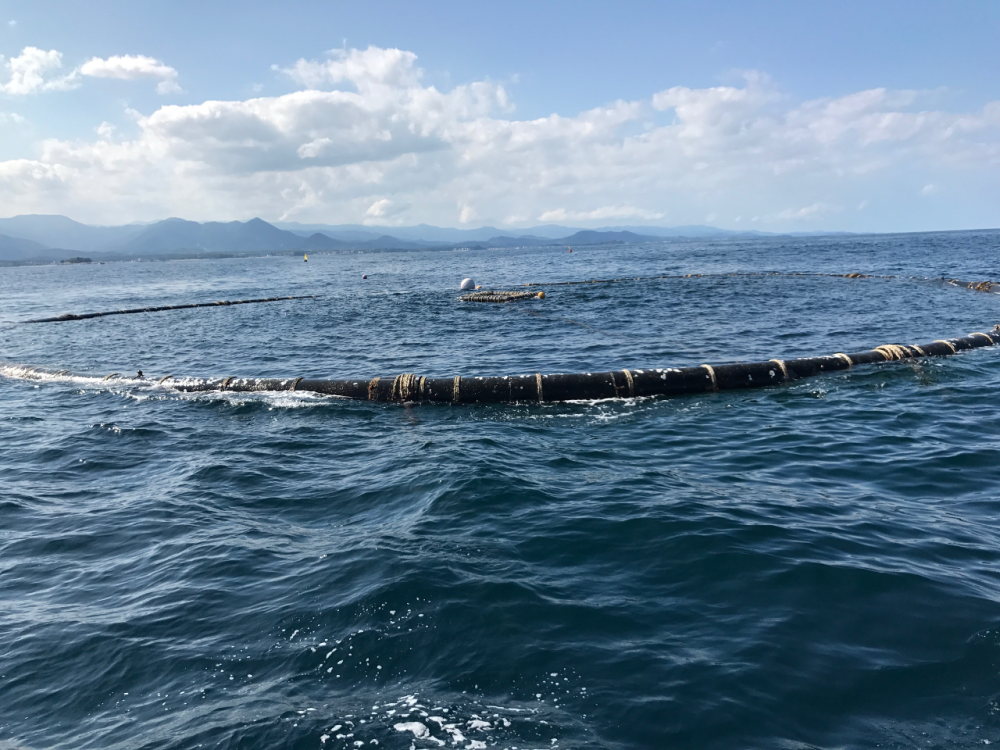
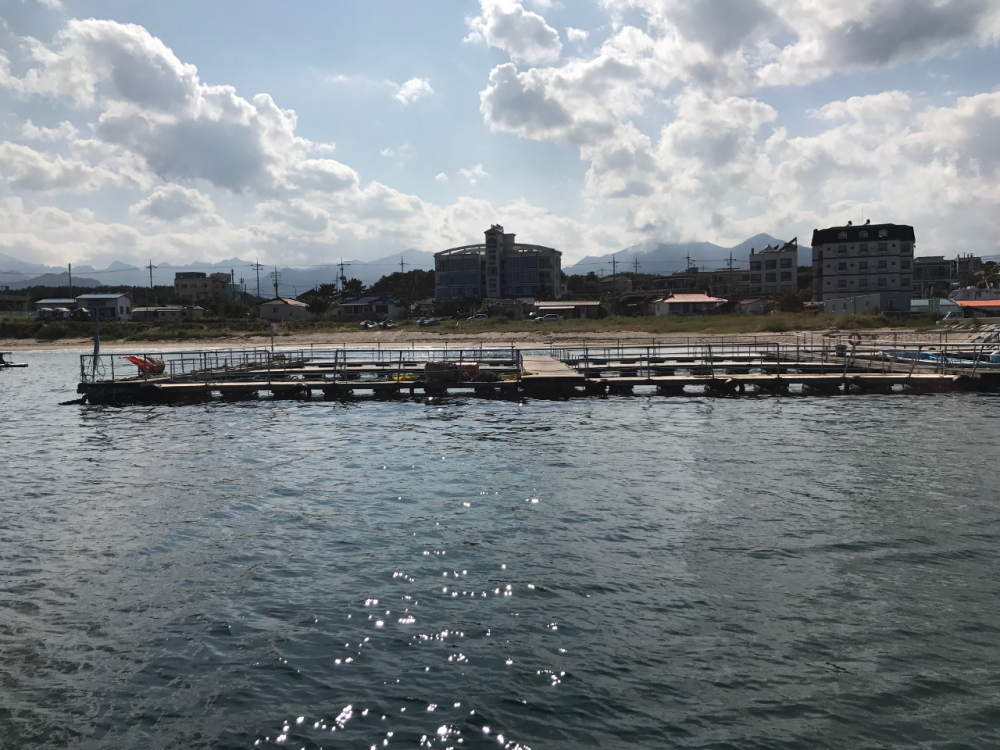
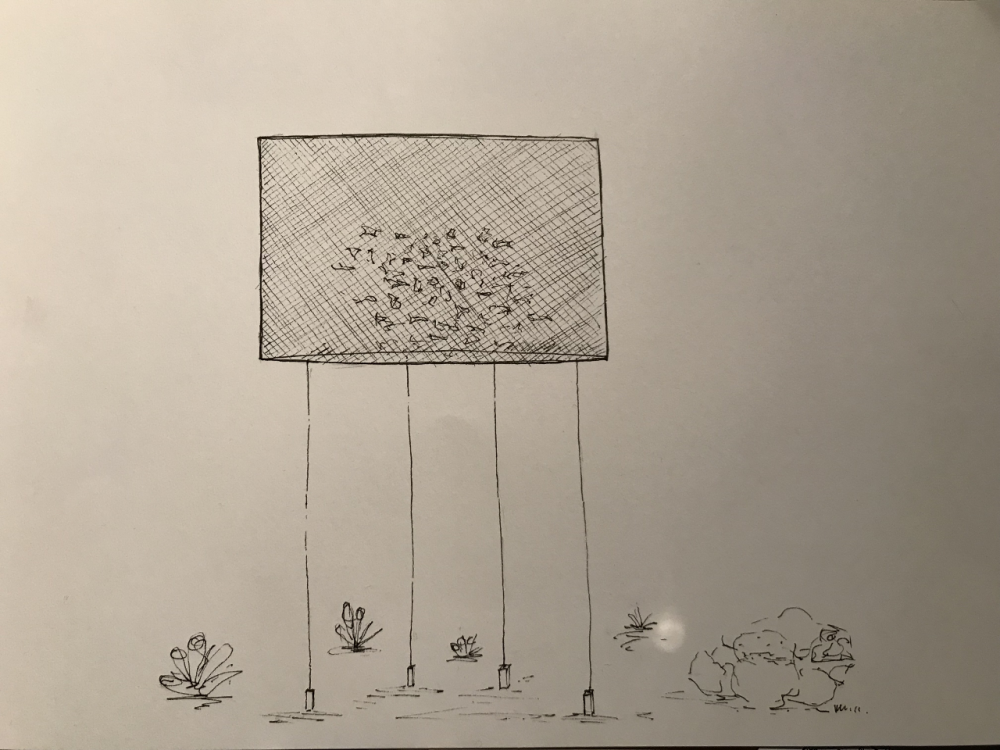
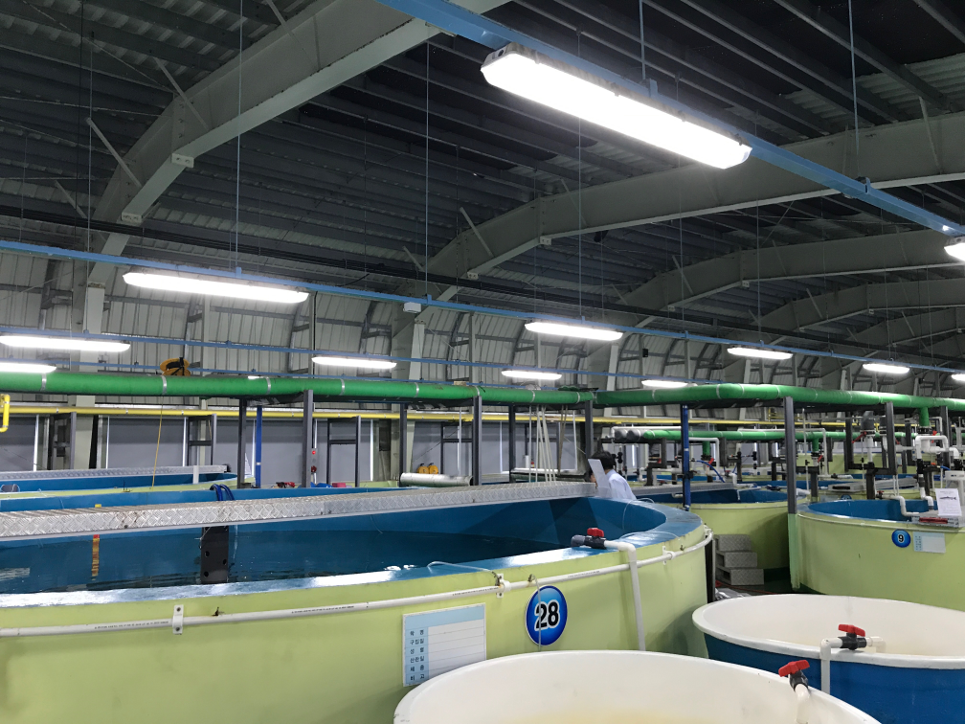
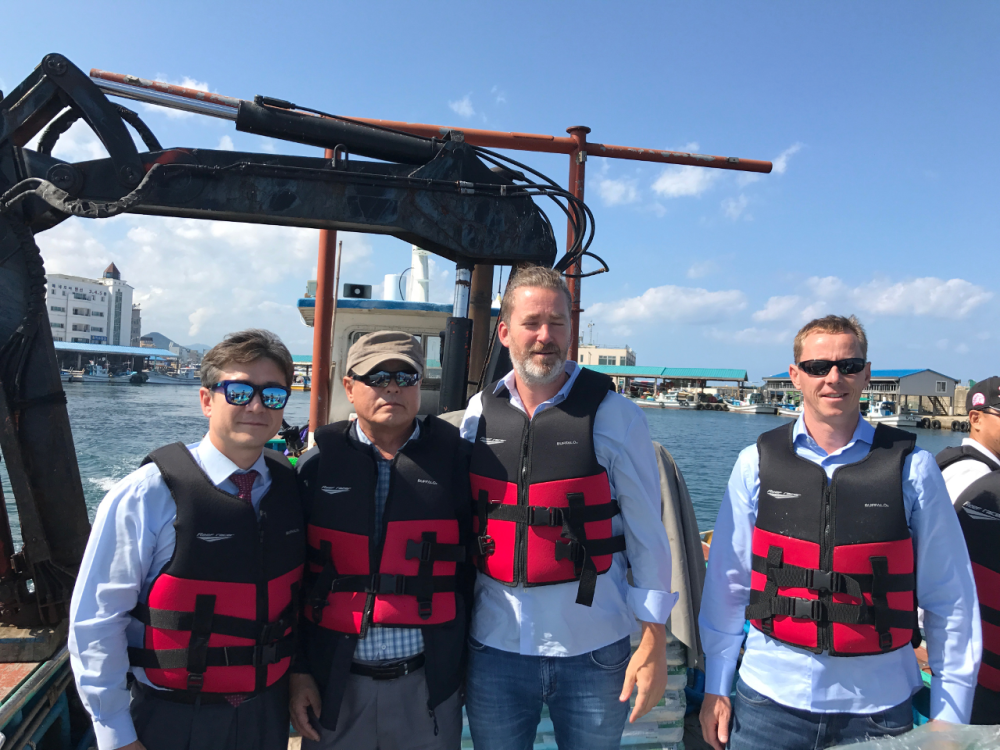
Kommentare